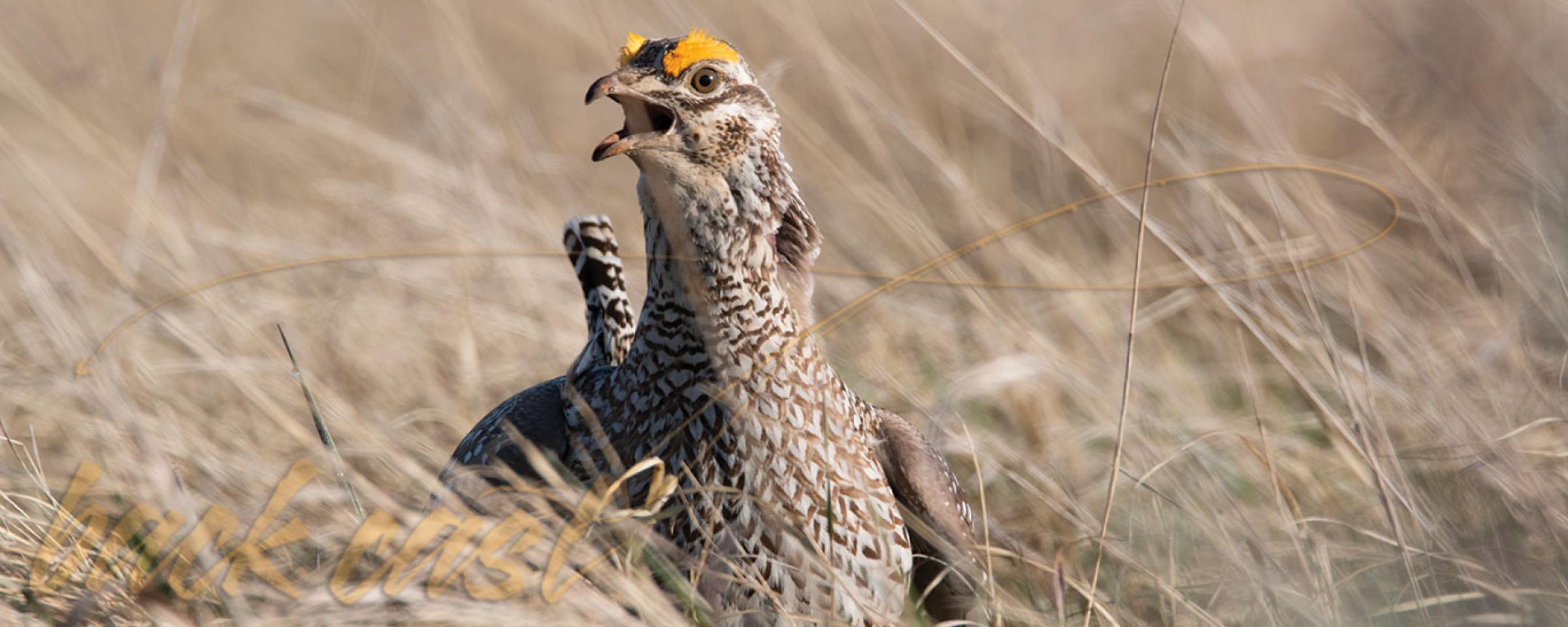
Back Cast
It’s not often we fall into the camp of hunters who, by happenstance or not, really get into the birds.
When wildlife biologists announce in late summer, like they did this year, that sharp-tailed grouse numbers are down and hunting opportunities should be “fair,” we celebrate what birds we do flush, and the few that we shoot, and decide this is what “fair” looks and feels like.
And we’re OK with that.
Yet we know, hear about it no matter the year from people we work with and don’t, that regardless of the hunting forecast, we really haven’t done that well. Not like them. Not nearly.
An obligation, a can’t-miss, wouldn’t-miss commitment with family and friends, kept us in town, off the prairie, on the opening day of grouse season, the first Saturday opener I’ve missed since moving to North Dakota. What’s that, 29-30 years ago?
On Sunday, we’re driving slowly down a two-track bordering state school land, and we’re bumping grouse. They flush from the short grass to the right. A half-dozen, standing on the top rung of a barbed wire fence, fly when we stop, open doors and let the dogs loose.
All good signs.
We take turns crossing the fence, passing unloaded shotguns from one side to the other. Then we pull up on the bottom wire and let the dogs pass under.
Nearly hidden in grass bent heavy with dew is a cow skull the color of dirty clouds and picked clean by nature. Some kind of critter – bird or small mammal? – has constructed a nest inside the weather-bleached cavity. We take more time than our dogs would like guessing the species of the nest-builder, while nosing the skull with the toe of our boots.
We’re typically distracted by this kind of stuff, things you don’t see in your back yard. Carcasses in varying states of decay, animal beds, deer rubs, buffaloberry tangles heavy with fruit the color of red lipstick ….
Finally, we move on.
We don’t bother with a plan. Without talking, it’s understood that we’ll hunt from prairie hilltop to prairie hilltop, trying to keep what little breeze there is this morning in our faces. We skirt wetlands and veer from taller, heavier cover better suited for pheasants and not native prairie grouse.
Partway up the side of a hill, our old pointer stops cold, lifts his head and works his nose, vacuuming in whatever scent that drifts invisibly, mysteriously downhill. While old age and a lot of miles have robbed him of a step or three, we still put great trust in his nose.
We hustle to the top of the hill, which is mostly flat and covered in short grass as green as what we’ve been watering at home. Unknowingly, we’ve wandered on a lek, a meeting ground where birds have been gathering, no matter the time of year, for decades, likely longer.
Early season sharp-tailed grouse are hard not to like. With young birds mixed in the coveys, you get grouse that have never been flushed by hunters and dogs. Often they are considerate in their departure, flushing as singles, doubles, not all at once.
Not this bunch.
Before we can catch a breath, two dozen birds, maybe more, flush in a choreographed confusion of wings and clucks. This is not what “fair” looks like at all.
At the end of the day, long after the ringing of shotgun blasts have left our ears, what we take home is simply a story. A story that could have been told the same if we had been carrying walking sticks instead of shotguns.
